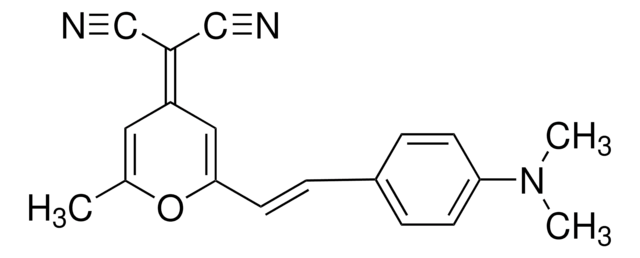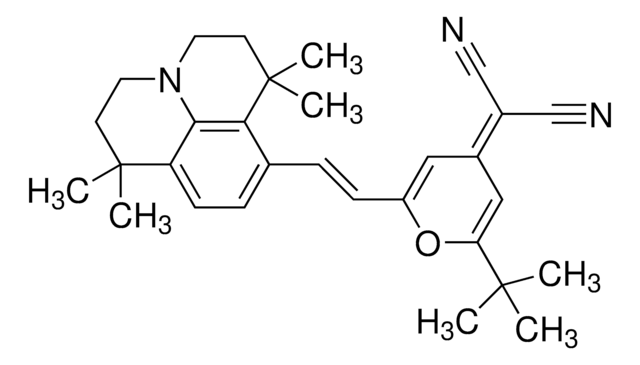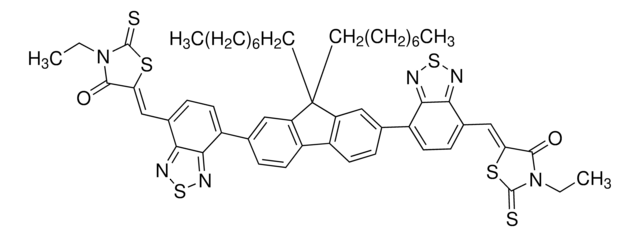758337
2,4-Bis[4-(N,N-diisobutylamino)-2,6-dihydroxyphenyl] squaraine
97%
About This Item
Recommended Products
Assay
97%
form
solid
mp
295-305 °C
λmax
700 nm
Orbital energy
HOMO 5.3 eV
LUMO 3.4 eV
OPV Device Performance
ITO/MoO3/SQ:C70 (1:5)/BCP/Al
ITO/NPD/SQ/C60/BCP/Al
ITO/SQ/C60/BCP/Al
SMILES string
CC(C)CN(CC(C)C)c1cc(O)c([C]2[C+]([O-])[C]([C+]2[O-])c3c(O)cc(cc3O)N(CC(C)C)CC(C)C)c(O)c1
InChI
1S/C32H44N2O6/c1-17(2)13-33(14-18(3)4)21-9-23(35)27(24(36)10-21)29-31(39)30(32(29)40)28-25(37)11-22(12-26(28)38)34(15-19(5)6)16-20(7)8/h9-12,17-20,35-38H,13-16H2,1-8H3
InChI key
JRHMFCJQZUVUIN-UHFFFAOYSA-N
General description
Application
Features and Benefits
- Can be dissolved and solution processed and has a high extinction coefficient.
- Intense absorption in the red/near-IR regions.
Storage Class Code
13 - Non Combustible Solids
WGK
WGK 3
Flash Point(F)
Not applicable
Flash Point(C)
Not applicable
Choose from one of the most recent versions:
Certificates of Analysis (COA)
Don't see the Right Version?
If you require a particular version, you can look up a specific certificate by the Lot or Batch number.
Already Own This Product?
Find documentation for the products that you have recently purchased in the Document Library.
Articles
Solution-processed organic photovoltaic devices (OPVs) have emerged as a promising clean energy generating technology due to their ease of fabrication, potential to enable low-cost manufacturing via printing or coating techniques, and ability to be incorporated onto light weight, flexible substrates.
Our team of scientists has experience in all areas of research including Life Science, Material Science, Chemical Synthesis, Chromatography, Analytical and many others.
Contact Technical Service![2,4-Bis[4-(N,N-diphenylamino)-2,6-dihydroxyphenyl]squaraine 98%](/deepweb/assets/sigmaaldrich/product/structures/303/054/d8b9c845-3623-4f5a-8a30-ab6731034171/640/d8b9c845-3623-4f5a-8a30-ab6731034171.png)
![2,4-Bis[4-(N,N-dibenzylamino)-2,6-dihydroxyphenyl]squaraine 97%](/deepweb/assets/sigmaaldrich/product/structures/302/887/a56499cb-a2df-4408-a849-0225658b8b15/640/a56499cb-a2df-4408-a849-0225658b8b15.png)
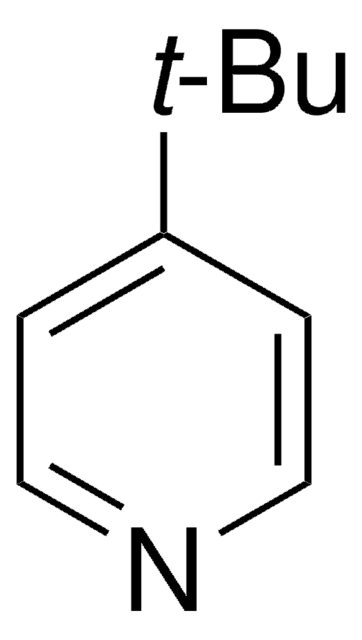
![1,3-Bis[4-(dimethylamino)phenyl]-2,4-dihydroxycyclobutenediylium dihydroxide, bis(inner salt) Dye content 90 %](/deepweb/assets/sigmaaldrich/product/structures/301/519/500149b3-198c-44cf-b952-7e91f54fc48e/640/500149b3-198c-44cf-b952-7e91f54fc48e.png)
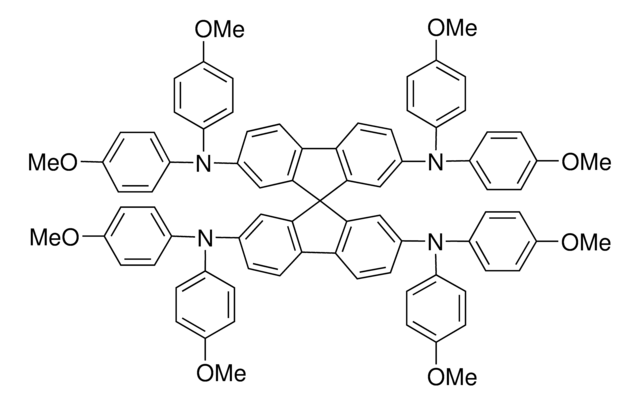
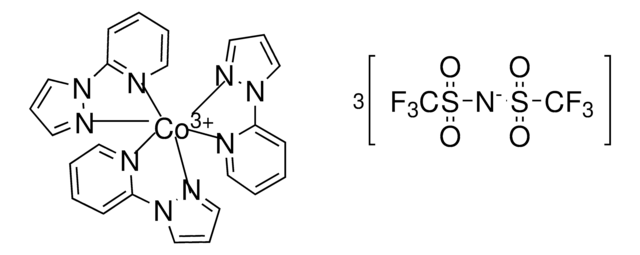
![2,5-Dihydro-3,6-di-2-thienyl-pyrrolo[3,4-c]pyrrole-1,4-dione 97%](/deepweb/assets/sigmaaldrich/product/structures/209/681/63a4048f-a2a7-496b-814d-ccb4b5b76124/640/63a4048f-a2a7-496b-814d-ccb4b5b76124.png)
